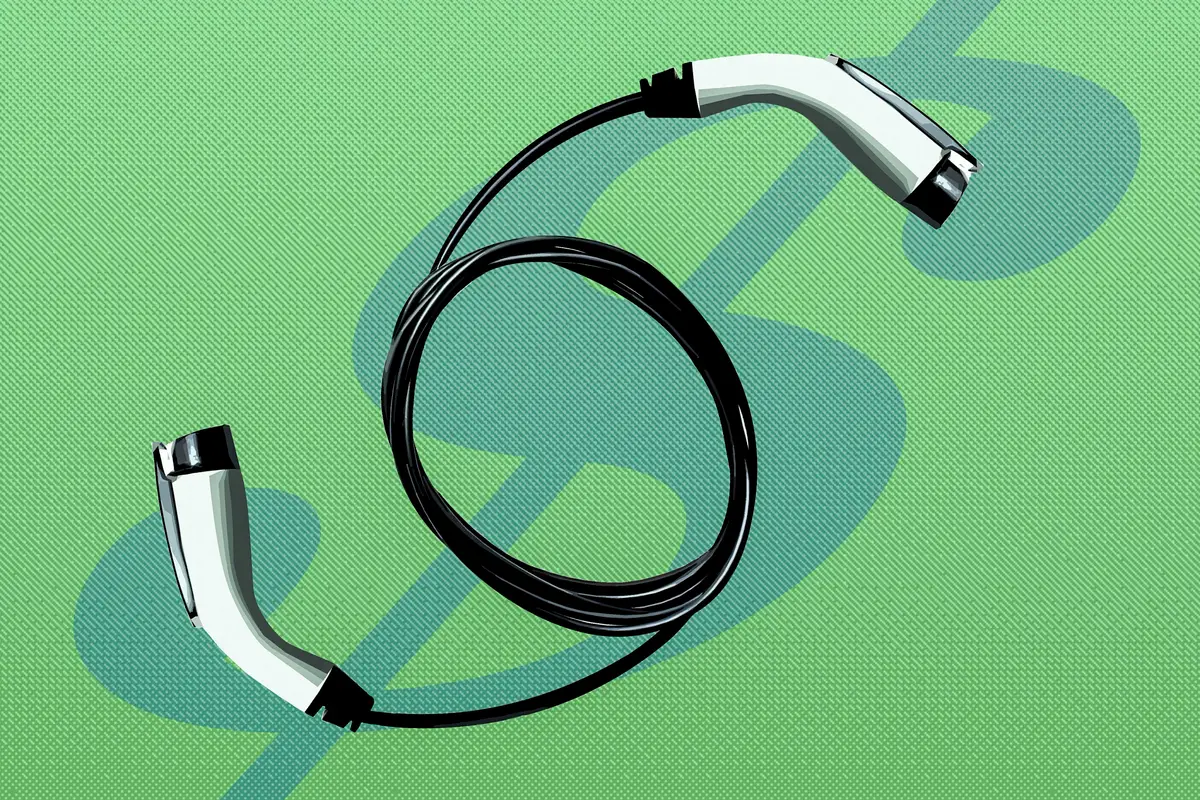washingtonpost.com's view
Horowitz sleeps and eats in his Sentra. He lathers up and shaves in the front seat of the car. He occasionally uses a garden hose to shower. And, being a social sort, he invites friends into his Sentra for parties.
Nissan is using the Horowitz saga in an attempt to demonstrate the new Sentra’s livability — its more commodious interior, replete with numerous storage bins; its fully reclining front seats, and its portals designed to accommodate plug-and-use technology such as laptops, video screens, MP3 players and iPods.
The advertising campaign is part of Nissan’s youth marketing strategy. It turns into a youthful prank something that is not so funny in daily life around the world — whole families, including small children, living in cars and trucks, without the benefits of high-tech gadgetry, because they have no other place to live.
I might be able to accept Nissan’s advertising approach if the Horowitz gimmick did a good job of telling us something about the car. But it doesn’t.
Consider the matter of fuel economy. Neither I nor my assistant in vehicle evaluations, Ria Manglapus, could do better than 25 miles per gallon in the front-wheel-drive, tested Sentra 2.0 S. That’s four mpg less than the Environmental Protection Agency’s city mileage rating of 29 mpg for the car. It’s 11 less than the 2007 Sentra’s highway rating of 36 mpg.
Our disappointing fuel economy might have stemmed from the newness of the tested Sentra’s engine. The EPA generally measures the efficiency of automotive engines after they’ve been broken in — that is, accumulated 2,500 miles or thereabouts. We received the Sentra 2.0 S with 1,600 miles on the odometer.
Neither one of us tried living in the car. We both have families and homes — people and places we appreciated even more with each viewing of the Horowitz ads.
But we both agreed that this latest iteration of the Sentra, a car first brought to the United States in 1982, is substantially better than its predecessors — a befuddling fact when juxtaposed to Nissan’s ill-conceived marketing effort.
The 2007 Sentra is less of a toy than former models, although Ria and my wife, Mary Anne, still complained that the overall car felt a bit tinny. But we all liked the extra space in the new Sentra. We liked the thoughtful, convenient placement of storage bins, including an overhead compartment on the driver’s side to organize and store compact discs.
The car is an easy driver — with the occasional exception of the steering, which can be a little springy and imprecise around sharp curves. The tested automatic, continuously variable transmission (CVT), which eschews fixed gear ratios in an attempt to improve fuel economy, is relatively unobtrusive, meaning it has none of the rubbery feel of earlier CVT-equipped cars.
A new, front independent strut suspension helps to smooth out the ride on bumpy urban streets. We would have liked Nissan to put a multi-link, independent suspension in the rear for an even better ride. But that is an expensive proposition. The 2007 Sentra is a price-sensitive, economy car. Nissan thus went with a less expensive torsion beam axle with a stabilizer bar in the rear.
The new Sentra isn’t perfect. It does not outclass rivals such as the Honda Civic, Toyota Corolla, the Ford Focus or the Mazda3. But it is a very decent commuter — a good car for moving people of all ages between home and work, home and school, home and social events.
In short, it is a car. It isn’t a residence — not even for a week.
Latest news



